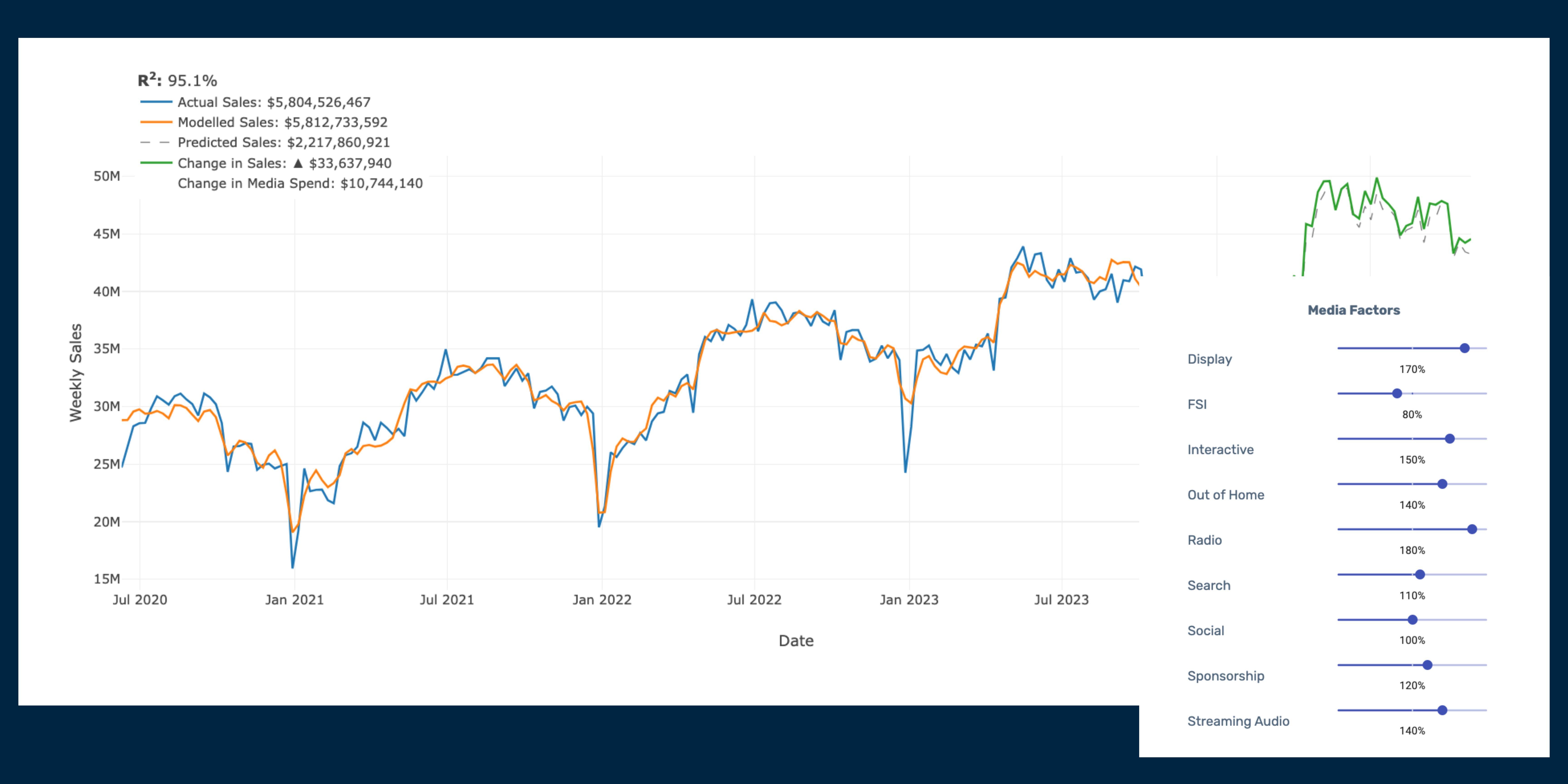If you’re an advertiser, you know accurately measuring the effectiveness of campaigns is crucial for optimizing budget allocation and maximizing return on investment (ROI). Three key methodologies can shed light on this: Marketing Mix Modeling, Media Mix Modeling and Last Touch Attribution. Understanding their distinctions is important for making informed marketing decisions. This article will explore the differences and explain which is best for the modern marketer.
- Marketing Mix Modeling: A Holistic Approach
Marketing Mix Modeling takes a comprehensive view, analyzing the impact of all marketing activities on a specific outcome, such as sales or brand awareness. This includes traditional advertising channels (TV, print, radio), digital marketing (social media), promotional campaigns, pricing strategies, and even distribution channels. Additionally, an MMM tool like Arima's incorporates external factors like seasonality and competitor actions, providing a well-rounded picture of marketing effectiveness.

MMM tools provide a holistic view of marketing performance, past and future.
- Media Mix Modeling: A Focused Lens
Media Mix Modeling is often used interchangeably with marketing mix modeling, but there’s a key difference. Unlike Marketing Mix Models which consider all marketing influences, Media Mix Models zoom in on advertising effectiveness. They leverage data from media channels to measure ad impact and optimize spending.
- Last Touch Attribution: Identifying the "Last Touch"
Attribution methods pinpoint the specific touchpoint (ad, email, etc.) that directly led to a conversion or sale. In other words, it’s like identifying the "last shot" that secured the win. While valuable for understanding the final nudge that triggered a customer's decision, attribution doesn't account for the entire customer journey or the intricate interplay of various marketing efforts.
What attribution method works best in 2025?
Although all three approaches have their merits and drawbacks, we see Marketing Mix Modelling is the frontrunner for several key reasons. For example, Arima’s self-directed marketing mix model has the following benefits:
- Comprehensive View: Unlike the media-centric focus of Media Mix Modeling or the singular touchpoint view of Attribution, Marketing mix models provide a complete picture of how all marketing activities interact and influence outcomes.
- Strategic Decision-Making: By analyzing not just media spend but also the effectiveness of other marketing levers like pricing and promotions, Marketing Mix Modelling tools empowers strategic resource allocation across the entire marketing landscape.
- Sales Forecasting: Leveraging historical data, Marketing mix models can forecast the future impact of different marketing strategies. This foresight allows for proactive planning and informed resource allocation decisions.
- Simple and Fast: Arima's platform empowers any team member to handle attribution. Our self-directed marketing mix model takes just minutes to set up and is designed to be easy to use and understand.
The Takeaway
Each method plays a role in the marketing measurement toolbox. However, when it comes to gaining a complete view of marketing effectiveness, making strategic decisions, and leveraging predictive power, Marketing Mix Modelling stands out as the most valuable tool.






